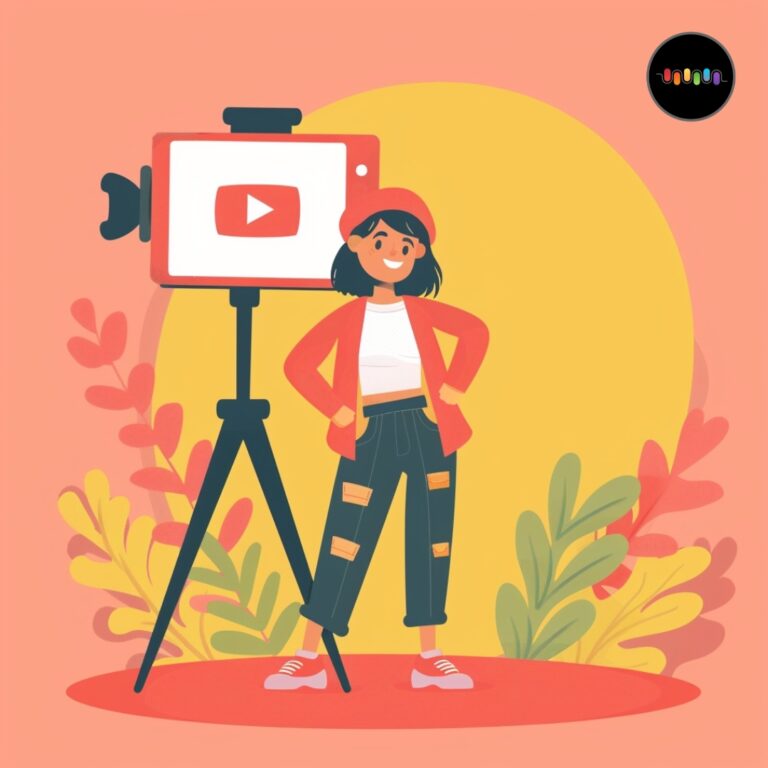‘Is it too late to start my YouTube channel?’ If you have ever asked this question, let us tell you: No!
We agree; there are already too many creators with millions of subscribers on YouTube. But if you are passionate about a niche, have stories to tell, and know how to edit your videos, YouTube can still be the best platform to showcase your talent.
As of April 2024, India alone had 476 million YouTube audiences, followed by 238 million in the US. Active YouTube users spend 48.7 minutes on this platform every day. These numbers establish one thing for a fact: YouTube is a trusted platform for consuming content.
With the right strategy, growing and monetizing your YouTube channel is not impossible.
But which strategies will help you get your first 1000 followers on YouTube?
And how do you scale from there?
We have analyzed the journeys of some of the biggest YouTube influencers and summed up our findings in this article.
How to Create a YouTube Channel?
First, you must create a YouTube channel, and the process is fairly simple. Below are the steps:
Step 1: Log in to YouTube, and you will find the Your Channel option in the left navigation bar. Click on it

Step 2: YouTube automatically fetches the name mentioned in your email ID as your channel name. To change it and add other details, click on Customize channel.
You can now change your channel name, adjust your layout, add your channel’s display picture, and add other branding elements to personalize your appearance.
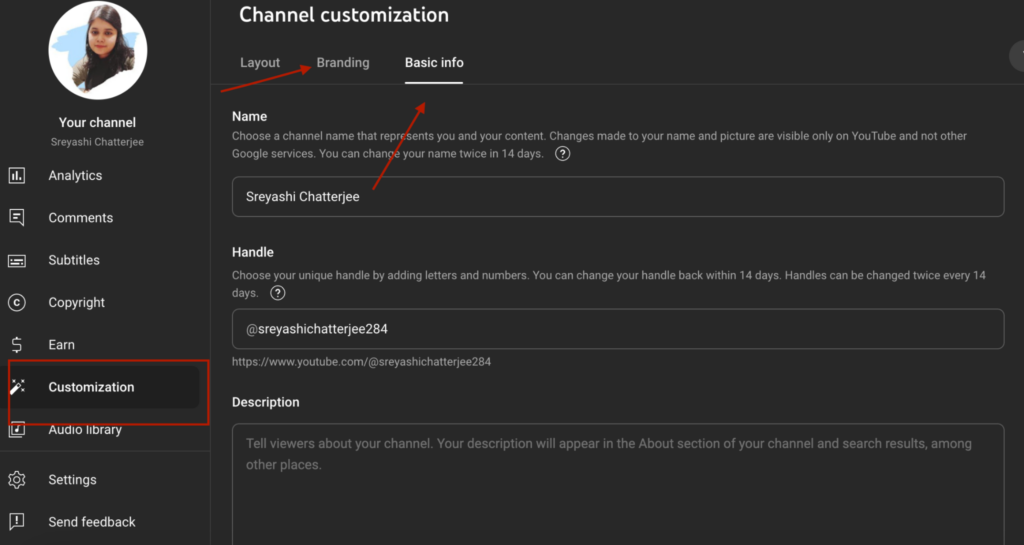
Step 3: Once the primary set-up is done, you can explore different content types. Click on the video icon labeled Create at the top right corner of your screen. You can select a content option from videos, podcasts, live streams, or playlists from here.
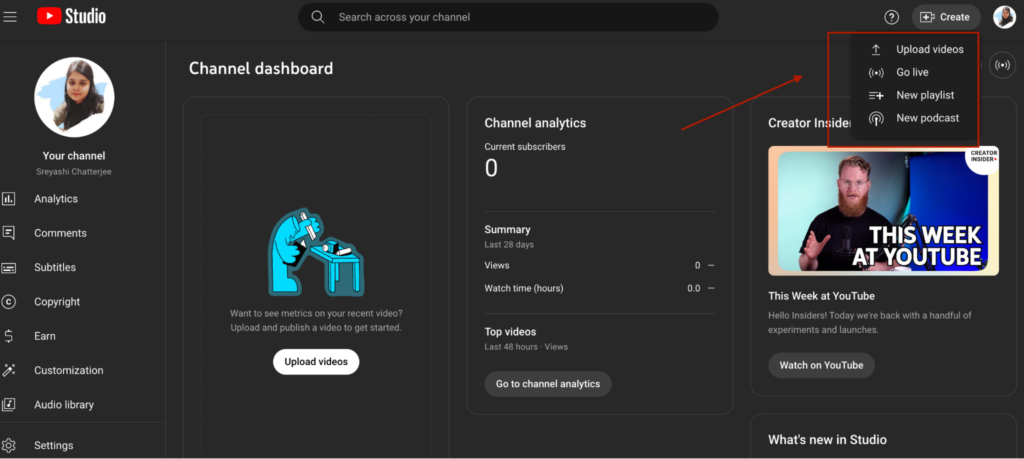
Step 4: To upload your first video, click on Upload videos, select a file from your device, and you’re good to go.
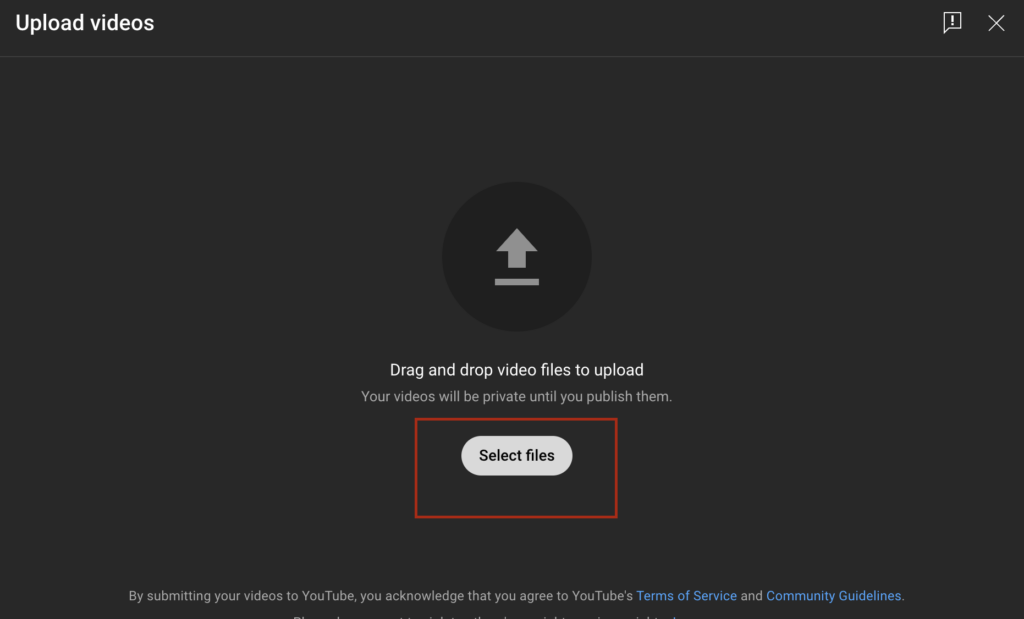
There are additional steps, such as editing your video, adding background music, and adding a thumbnail. We will get to those parts in the next sections of the article.
There is also a dedicated section for analytics where you can measure major YouTube metrics such as views, watchtime, subscribers, etc.
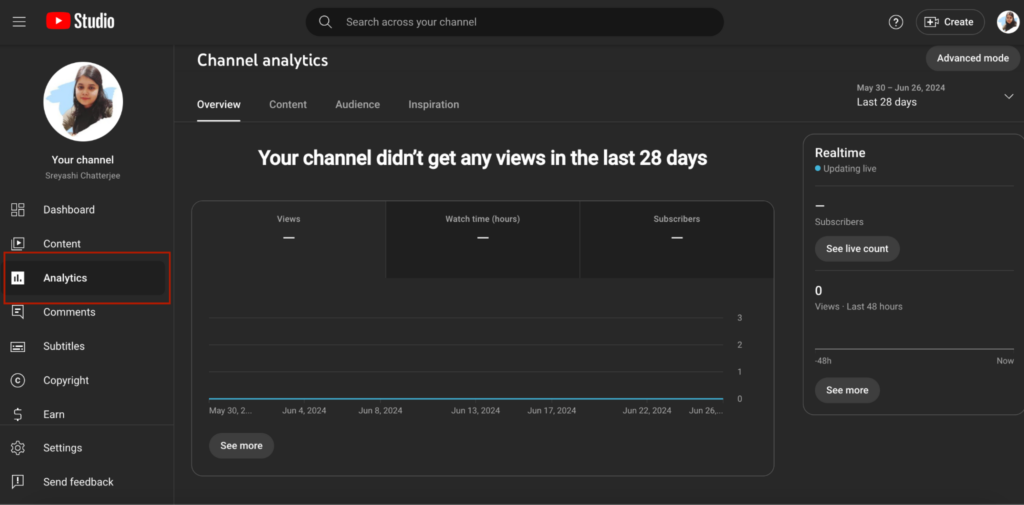
Whether you are a new YouTuber or a seasoned one, if you are measuring only one metric for your YouTube channel, it should be ‘Views’. Why? Let’s find out in the next section.
What are ‘Views’ on YouTube and Why Does It Matter?
‘Views’ on YouTube refer to the total number of times a video has been watched. Every time a user plays your video and watches it until the first 30 seconds, it is counted as a ‘View’. If the same user watches your video twice from the same device or different devices (mobile, laptop, iPad, etc.), YouTube considers each of these views as new views.
Now, to the more important part, why do views matter?
The view is where all the money is. The pay varies based on the type of content you upload.
Videos: YouTube pays an average of $0.01 to $0.03 per view. If your video has 500 views, you can make anywhere between $5 to $15. This is just an estimate. By monetizing your YouTube channel You can make more money from YouTube as your view increases.
Shorts: For YouTube Shorts, you can earn between $0.01 and $0.06 per 1000 views. Naturally, the pay for Shorts is much less than for long-form videos. But getting views on your Shorts is easier than getting views on long-form videos.
Apart from the financial aspects, the YouTube algorithm is also fond of views. YouTube pushes videos with higher views to more users, which means more reach, higher brand presence, and, of course, higher ROI.
How to Get your First 1000 Subscribers on YouTube? – YouTube Best Practices
Getting your first 1000 subscribers is not a big deal if you follow YouTube’s best practices. It is all about setting up your channel from scratch, picking suitable topics to create content on, and trying different content formats to find the right mix.
We at Beatoven.ai grew our YouTube account close to 4K subscribers, and here are our suggestions based on our experiences:
Find a niche that you are passionate and confident about
Finding your niche on YouTube is a consistent process. Even the most popular YouTubers are trying out new niches now and then based on their audiences’ preferences. As a beginner, you should start with a niche you understand and find interesting.
That’s a good starting point. As you start getting views and subscribers, you can always experiment with other horizontal niches.
To start, ask these questions to yourself:
Suppose the answers to these questions direct you toward one niche: movies.
You enjoy watching movies and reviewing them, and movie reels are all over your social media feeds.
But does that mean you will start a movie review channel?
It could be, but you have to find a more specific niche. You need to find your sweet spot with hundreds of movie review channels on YouTube. You need to research your audiences to understand what they want to watch.
Some of the easiest ways to do that are:
For example, Netflix just released the trailer of the show ‘A Good Girl’s Guide to Murder’ and a user left this comment:

A possible content idea – ‘Best books turned into TV shows?”
Work on your YouTube channel’s art
A new user may come across your video or shorts in their feed, and the next thing they want to do is check out your channel. This is where you make a first impression that is so impactful that the user cannot leave but subscribe to your channel.
Below are the elements of a good channel art:
Pick a name: Your channel name should represent you and your content. For Beatoven.ai, since we already have a brand name, our YouTube channel is named accordingly. Individual YouTubers can play around with their names. The channel name matters because an appropriate channel name instantly gives away your niche and what you discuss on YouTube.
Many creators turn to AI business names to generate unique and memorable brand identities that resonate with their audience.
Add display and cover images: Your channel’s display image can be your image or your brand logo. Don’t forget to add a cover image representing your creator’s positioning. Best if you can add a catchy tagline in your cover image. You can use a background remover to make your logo or image stand out even more by eliminating distractions and creating a cleaner, more professional look. Notice how we did it:
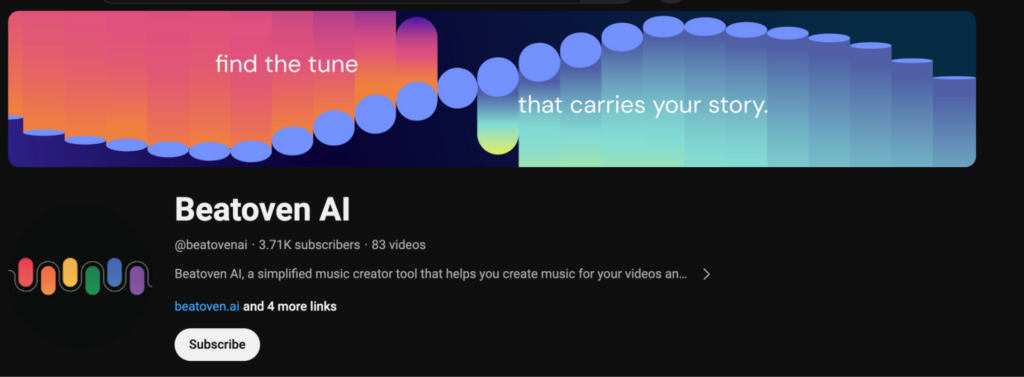
Add a description: Your profile description should include a brief ‘About You’ section that discusses your channel, how often you publish videos, and who should watch them. Keep it brief and crisp.
Link all your social profiles: This is your first step at building a community. When new subscribers discover you, consume your content, and subscribe to your channel, your next goal will be to direct them to your other social profiles. That’s exactly why linking all your social profiles in one place matters.

Focus on YouTube SEO to find video topics
Picking up your niche is not enough. You have to identify untapped keywords with high volume and low competition to strengthen your YouTube SEO game.
Here’s how you can do it in three easy steps.
Open the Ahrefs YouTube keyword tool, enter a keyword relevant to your niche, select a location, and click Find Keywords
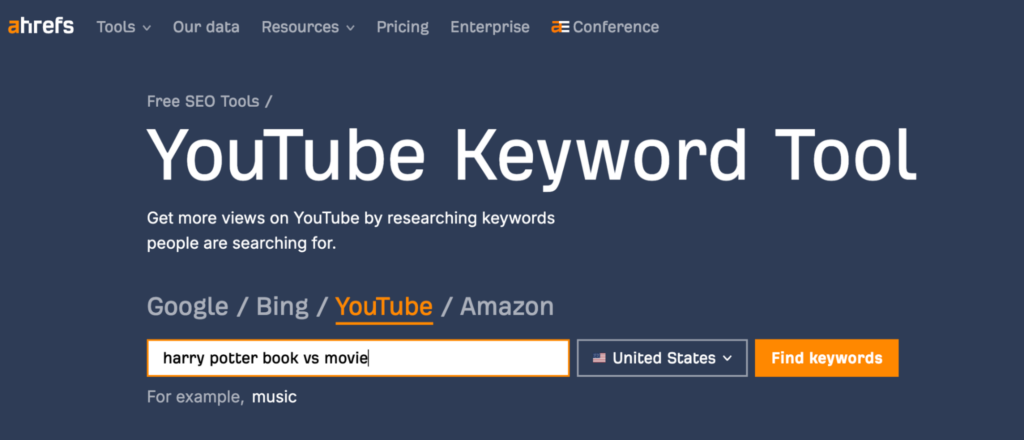
Note down the relevant keywords and target a keyword with high volume and less keyword difficulty
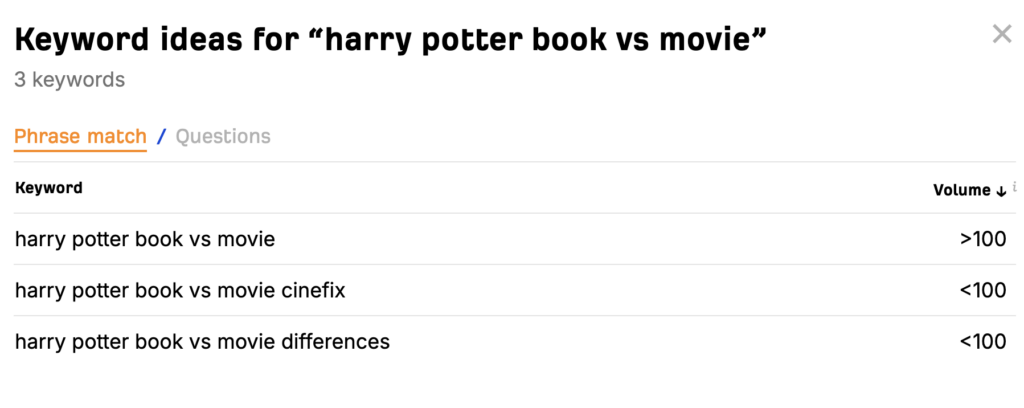
Alternatively, you can use YouTube to identify your video topics. Type the keyword in the YouTube search bar to find the related queries. You can watch the videos ranking for these queries, analyze what’s lacking in them, and create an informative video that closely discusses your audiences’ questions.
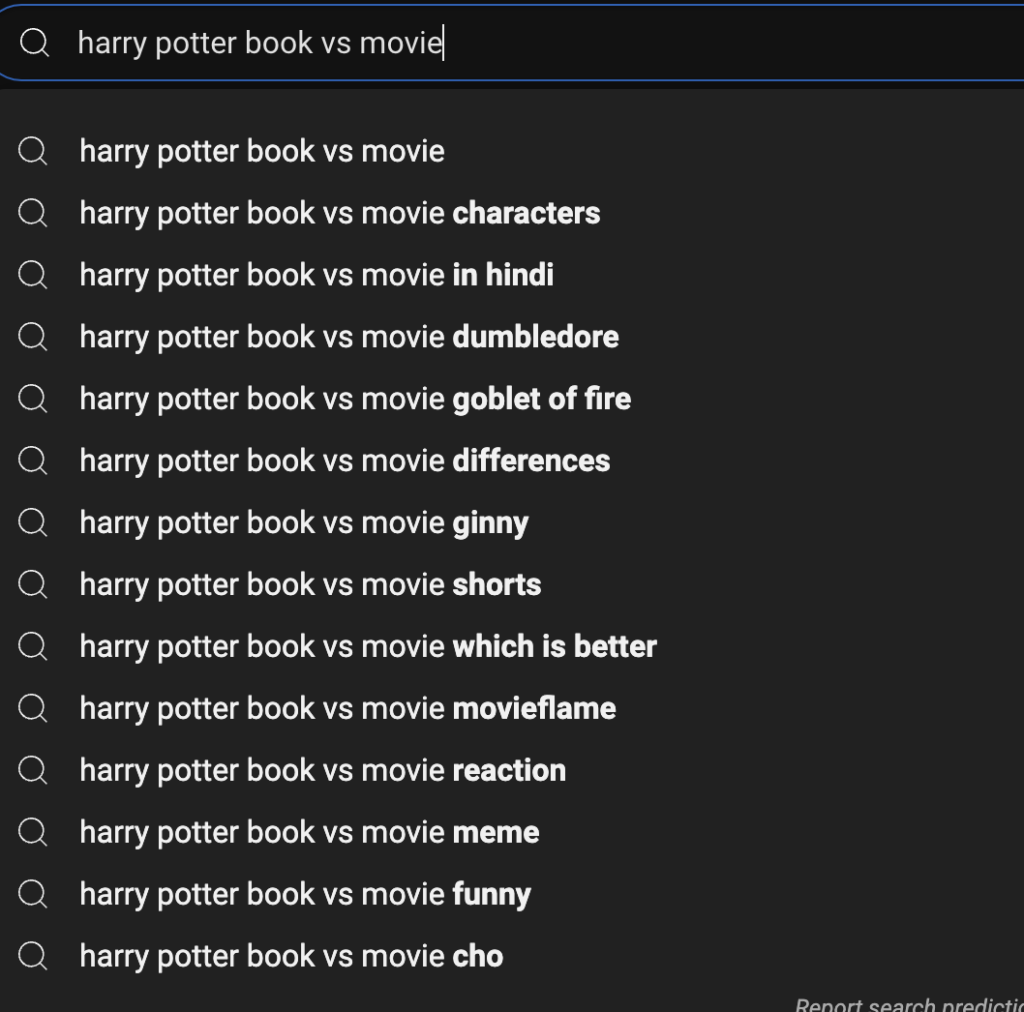
Try different content formats
When starting out, don’t rely on a single content format. It would be like playing against the YouTube algorithm. Explore different formats for a good amount of time to figure out which works best for your channel.
Apart from long form videos, you can also try:
For Beatoven.ai’s YouTube channel, we tried out many shorts. Our shorts are mostly related to unknown facts and trivia about music albums and movies. Though our initial shorts didn’t receive many views, we stayed consistent and followed YouTube analytics to replicate the successful content formats.
This approach helped us increase your engagement from shorts. One of our shorts on The Game of Thrones’ music crossed 26K views.
Notice how popular YouTuber Mostlysane uses community posts to make a special announcement to her subscribers:

Optimize your videos to perfection
Before hitting ‘Publish’ on a video, you must ensure that it is optimized. By YouTube video optimization, we mean the following:

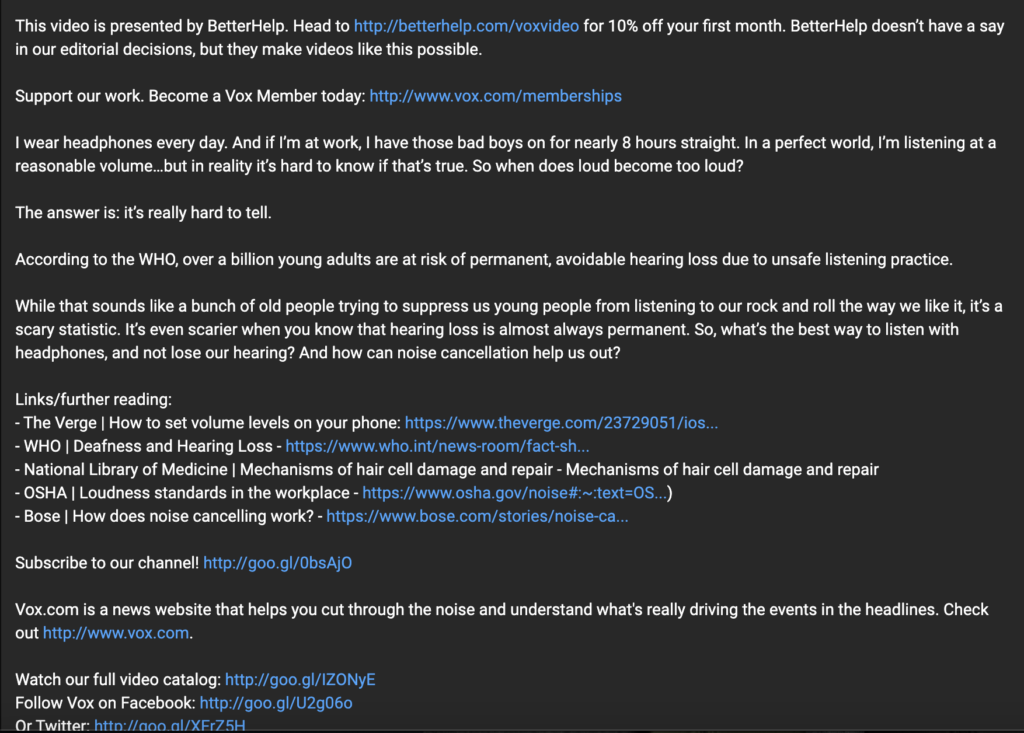
Use royalty-free, relevant background music
Background music can make or break the vibe of your video. Contextual background music adds an additional layer of engagement to your video and elevates storytelling, while boring music makes a video unwatchable.
But there is a major YouTube policy regarding music: you cannot use copyrighted music without the consent of the original musician. This could mean removing the music from your video or the entire video.
To avoid all these hassles, YouTubers need to use royalty-free music. Music with a perpetual license confirms that the creator can play the music over the internet as often as they want without getting any copyright strikes from the original musician.
A great source of royalty-free music is YouTube Stock Library. You will get royalty-free music for free. But the challenge here is repetitive nature of the tracks. Since all YouTubers use stock library music, the videos lack uniqueness despite promising content.
This is when you need to start using AI music generators like Beatoven.ai, which allows you to create original, royalty-free music according to your needs. Simply provide a prompt and watch Beatoven.ai’s Text-to-Music feature do the trick.
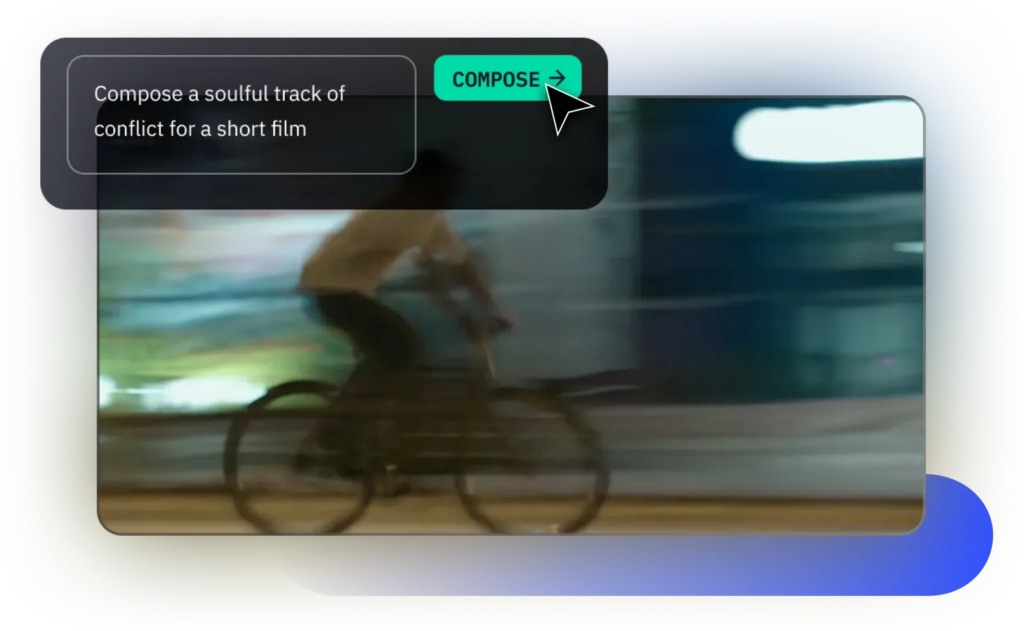
To fill the gaps between your creative vision and Beatoven.ai’s output, customize the music based on your emotion, genre, and instrument-specific preferences.
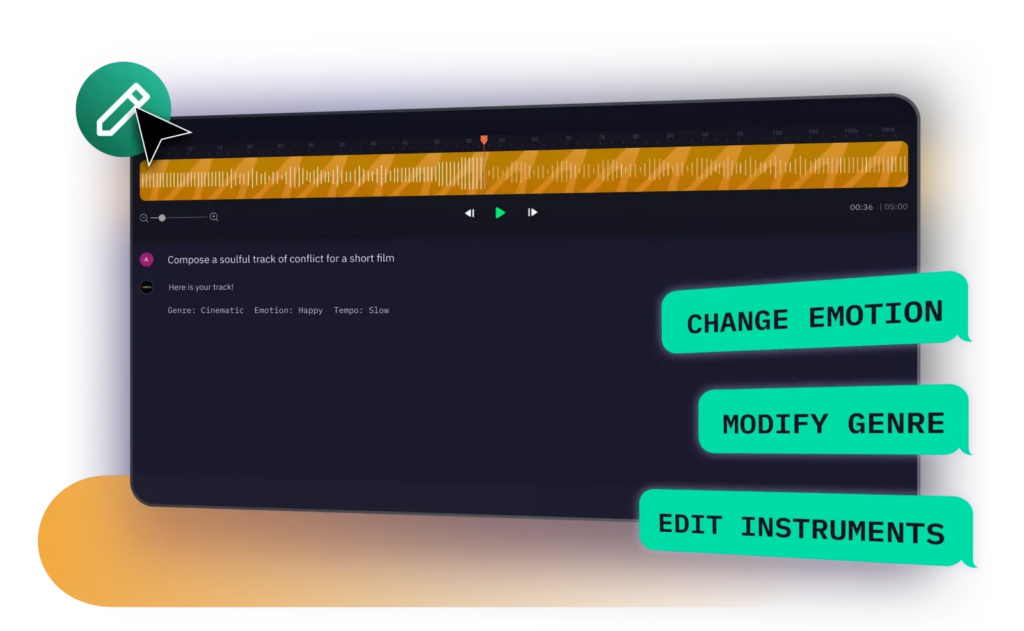
Beatoven.ai’s perpetual, royalty-free license lets you monetize your music without compromising its uniqueness. The best part is that Beatoven.ai is one of the ethically trained AI music generators (certified by FairlyTrained) that trains AI models with music generated by human musicians and pays them for their contributions.
Promote your YouTube videos on other platforms
Don’t just stick to YouTube to get engagement. You need to promote your YouTube videos in other platforms such as Instagram, Twitter, Facebook to engage your audiences. These posts will build their interests and invite them to go to YouTube to watch your videos. Those who like your videos will subscribe to your channel and as they view your videos, your overall views will shoot up.
How to Grow your YouTube Channel from 1000 Subscribers to Over 20K Subscribers?
You already have 1K followers, and your 0 to 1 journey is complete. What’s next?
Now your question is, “How to grow on YouTube”!
To grow beyond 1K followers, you must consistently practice the above strategies. Additionally, you must be more careful about video quality, promote your videos, and build an easy content production system.
Here are our tips to hit the 20K subscriber milestone and grow from there:
Improve your video editing skills and thumbnails
At this stage of your YouTube journey, what matters most is gaining the attention of your potential subscribers and getting them to subscribe to you.
The two ways to do that are:
Editing and storytelling tips for your videos:
Thumbnail designing tips:
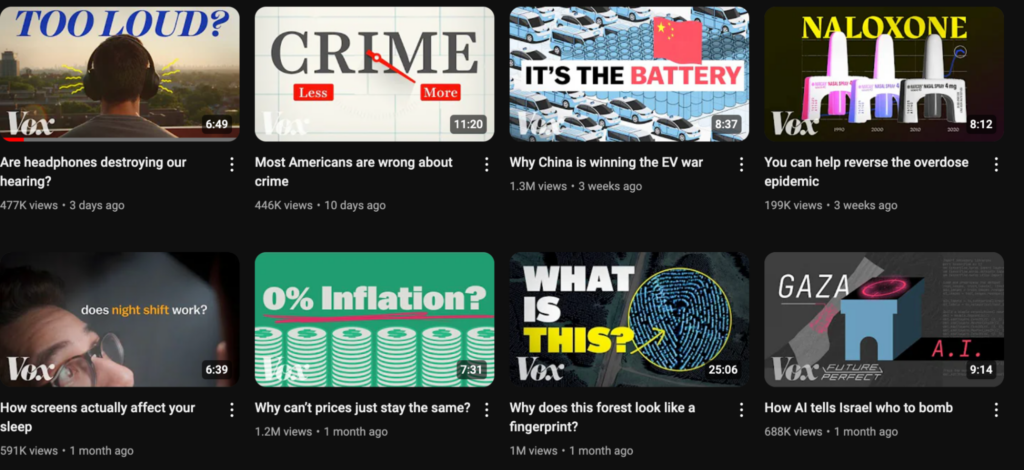

💡More Tips
Here are a few more YouTube best practices to grow your channel:
Conclusion
Growing on YouTube is not easy. It may take months to reach your desired subscriber base. Stay calm, follow these YouTube best practices, and experiment.
Utilise AI powered Youtube growth and try different content formats, stay consistent, and we promise you will get there!

Sreyashi Chatterjee is a SaaS content marketing consultant. When she is not writing or thinking about writing, she is watching Netflix or reading a thriller novel while sipping coffee.

